Education Lycee Condorcet Role Painter | Name Henri Toulouse-Lautrec Nationality French | |
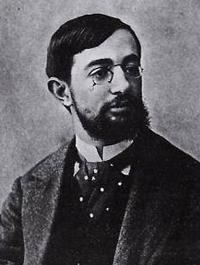 | ||
Full Name Henri Marie Raymond de Toulouse-Lautrec-Monfa Known for painting, printmaking, drawing, draughting, illustration Died September 9, 1901, Saint-Andre-du-Bois, France Parents Alphonse Charles de Toulouse-Lautrec-Monfa, Adele Zoe Tapie de Celeyran Periods Post-Impressionism, Art Nouveau Artwork Moulin Rouge: La Goulue, Divan Japonais, At the Moulin Rouge, At the Moulin Rouge - T, La Goulue Entering the Mouli Similar People | ||
Henri de toulouse lautrec and albi a visit to the museum of toulouse lautrec and albi france
Henri Marie Raymond de Toulouse-Lautrec-Monfa (24 November 1864 – 9 September 1901), also known as Henri de Toulouse-Lautrec ([ɑ̃ʁi də tuluz lotʁɛk]), was a French painter, printmaker, draughtsman, caricaturist and illustrator whose immersion in the colourful and theatrical life of Paris in the late 19th century allowed him to produce a collection of enticing, elegant and provocative images of the modern, sometimes decadent, affairs of those times. Toulouse-Lautrec is among the best-known painters of the Post-Impressionist period, with Cézanne, Van Gogh and Gauguin. In a 2005 auction at Christie's auction house, La Blanchisseuse, his early painting of a young laundress, sold for US$22.4 million and set a new record for the artist for a price at auction.
Contents
- Henri de toulouse lautrec and albi a visit to the museum of toulouse lautrec and albi france
- Henri de toulouse lautrec paintings hd
- Early life
- Disability and health problems
- Paris
- London
- Alcoholism and prostitution
- Cooking skills
- Death
- Art
- Films
- Literature
- Selected works
- References
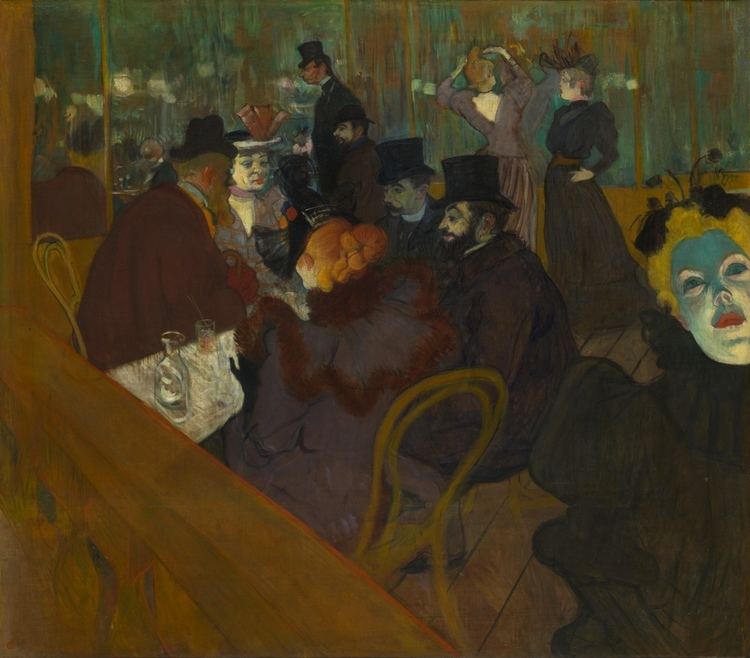
Henri de toulouse lautrec paintings hd
Early life
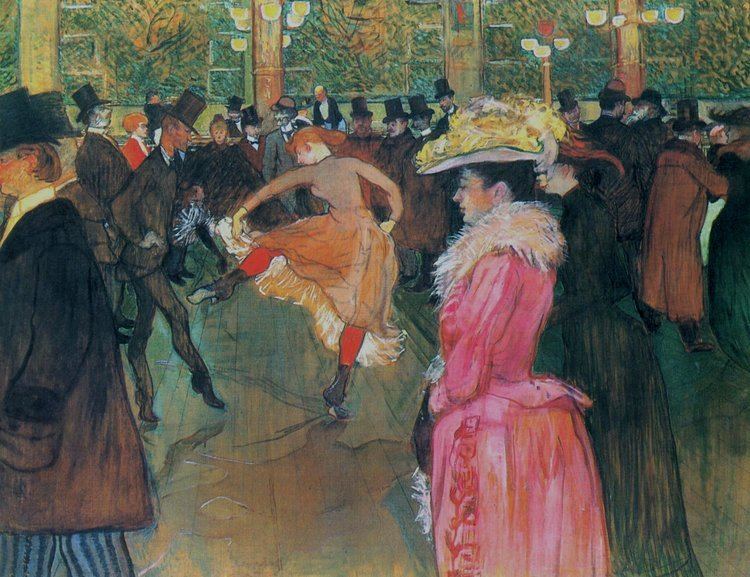
Henri Marie Raymond de Toulouse-Lautrec-Monfa was born at the Hôtel du Bosc in Albi, Tarn, in the Midi-Pyrénées region of France, the firstborn child of Alphonse Charles Comte de Toulouse-Lautrec-Monfa (1838–1913) and his wife Adèle Zoë Tapié de Celeyran (1841–1930). The last part of his name means he was a member of an aristocratic family (descendants of the Counts of Toulouse and Odet de Foix, Vicomte de Lautrec and the Viscounts of Montfa, a village and commune of the Tarn department of southern France, close to the cities of Castres and Toulouse). His younger brother was born in 1867, but died the following year. If he had outlived his father, Henri would have succeeded to the family title of Comte.
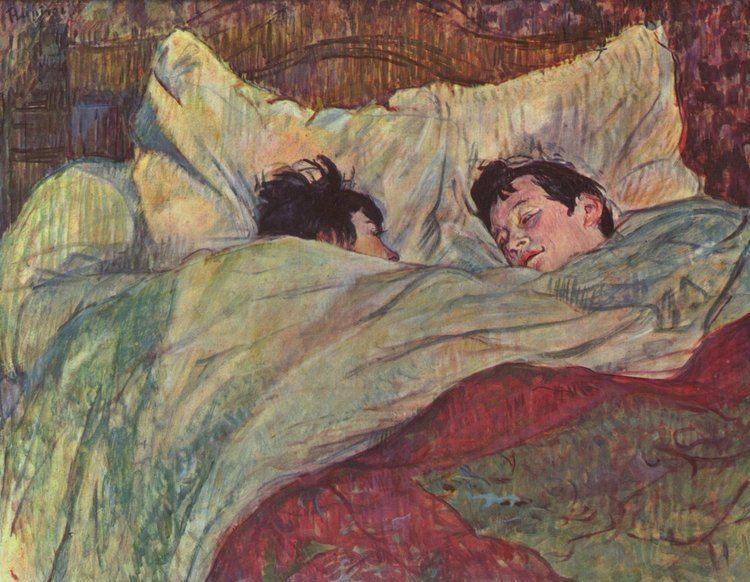
After the death of his brother, Henri's parents separated and a nanny eventually took care of him. At the age of eight, Henri went to live with his mother in Paris where he drew sketches and caricatures in his exercise workbooks. The family quickly realized that Henri's talents lay in drawing and painting. A friend of his father, René Princeteau, visited sometimes to give informal lessons. Some of Henri's early paintings are of horses, a speciality of Princeteau, and a subject Lautrec revisited in his "Circus Paintings".
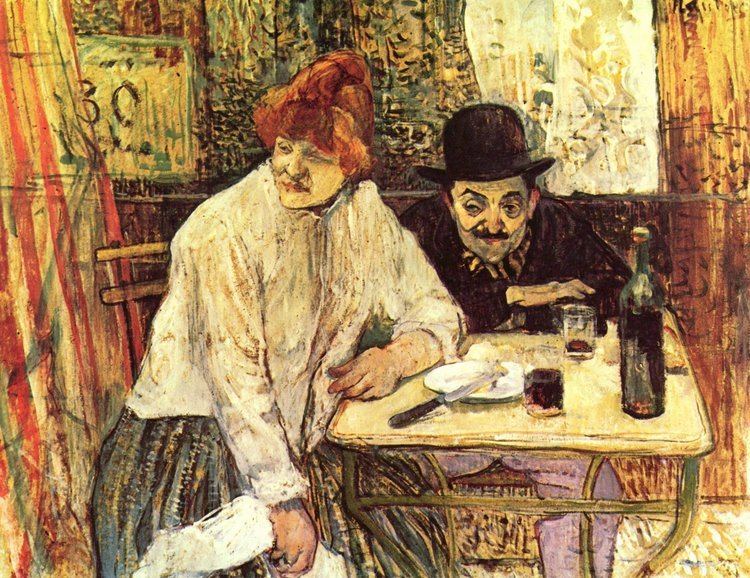
In 1875, Toulouse-Lautrec returned to Albi because his mother had concerns about his health. He took thermal baths at Amélie-les-Bains and his mother consulted doctors in the hope of finding a way to improve her son's growth and development.
Disability and health problems
Toulouse-Lautrec's parents, the Comte and Comtesse, were first cousins (his grandmothers were sisters), and he suffered from congenital health conditions sometimes attributed to a family history of inbreeding.
At age 13, Toulouse-Lautrec fractured his right femur. At age 14, he fractured his left. The breaks did not heal properly. Modern physicians attribute this to an unknown genetic disorder, possibly pycnodysostosis (sometimes known as Toulouse-Lautrec Syndrome), or a variant disorder along the lines of osteopetrosis, achondroplasia, or osteogenesis imperfecta. Rickets aggravated by praecox virilism has also been suggested. Afterwards, his legs ceased to grow, so that as an adult he was extremely short (1.42 m or 4 ft 8 in). He developed an adult-sized torso, while retaining his child-sized legs. Additionally, he is reported to have had hypertrophied genitals.
Physically unable to participate in many activities enjoyed by males his age, Toulouse-Lautrec immersed himself in art. He became an important Post-Impressionist painter, art nouveau illustrator, and lithographer, and, through his works, recorded many details of the late-19th-century bohemian lifestyle in Paris. Toulouse-Lautrec contributed a number of illustrations to the magazine Le Rire during the mid-1890s.
After initially failing college entrance exams, he passed his second attempt and completed his studies.
Paris
During a stay in Nice, France, his progress in painting and drawing impressed Princeteau, who persuaded Toulouse-Lautrec's parents to let him return to Paris and study under the acclaimed portrait painter Léon Bonnat. Toulouse-Lautrec's mother had high ambitions and, with the aim of her son becoming a fashionable and respected painter, used their family's influence to get him into Bonnat's studio. He was drawn to Montmartre, the area of Paris famous for its bohemian lifestyle and the haunt of artists, writers, and philosophers. Studying with Bonnat placed Toulouse-Lautrec in the heart of Montmartre, an area he rarely left over the next 20 years.
After Bonnat took a new job, Toulouse-Lautrec moved to the studio of Fernand Cormon in 1882 and studied for a further five years and established the group of friends he kept for the rest of his life. At this time he met Émile Bernard and Vincent van Gogh. Cormon, whose instruction was more relaxed than Bonnat's, allowed his pupils to roam Paris, looking for subjects to paint. During this period, Toulouse-Lautrec had his first encounter with a prostitute (reputedly sponsored by his friends), which led him to paint his first painting of a prostitute in Montmartre, a woman rumoured to be Marie-Charlet.
With his studies finished, in 1887 he participated in an exposition in Toulouse using the pseudonym "Tréclau", the verlan of the family name 'Lautrec'. He later exhibited in Paris with Van Gogh and Louis Anquetin. The Belgian critic Octave Maus invited him to present eleven pieces at the Vingt (the Twenties) exhibition in Brussels in February. Van Gogh's brother Theo bought Poudre de Riz (Rice Powder) for 150 francs for the Goupil & Cie gallery.
From 1889 until 1894, Toulouse-Lautrec took part in the Independent Artists' Salon (French: Société des Artistes Indépendants) on a regular basis. He made several landscapes of Montmartre. Tucked deep into Montmartre in the garden of Monsieur Pere Foret, Toulouse-Lautrec executed a series of pleasant plein-air paintings of Carmen Gaudin, the same red-headed model who appears in The Laundress (1888).
When the Moulin Rouge cabaret opened, Toulouse-Lautrec was commissioned to produce a series of posters. His mother had left Paris and, though he had a regular income from his family, making posters offered him a living of his own. Other artists looked down on the work, but he ignored them. The cabaret reserved a seat for him and displayed his paintings. Among the well-known works that he painted for the Moulin Rouge and other Parisian nightclubs are depictions of the singer Yvette Guilbert; the dancer Louise Weber, better known as the outrageous La Goulue (The Glutton) who created the French Can-Can; and the much more subtle dancer Jane Avril.
London
Henri de Toulouse-Lautrec's family were Anglophiles, and though he was not as fluent as he pretended to be, he spoke English well enough. He travelled to London where he was commissioned by the J. & E. Bella company to make a poster advertising their confetti (which was banned after the 1892 Mardi Gras) and the bicycle advert La Chaîne Simpson.
While in London, he met and befriended Oscar Wilde. When Wilde faced imprisonment in Britain, Toulouse-Lautrec became a very vocal supporter of his and his portrait of Oscar Wilde was painted the same year as Wilde's trial.
Alcoholism and prostitution
Toulouse-Lautrec was mocked for his short stature and physical appearance, which led him to drown his sorrows in alcohol.
He initially only drank beer and wine, but his tastes expanded into hard liquor, namely absinthe. The cocktail Earthquake (Tremblement de Terre) is attributed to Toulouse-Lautrec: a potent mixture containing half absinthe and half cognac in a wine goblet. To ensure he was never without alcohol, Toulouse-Lautrec hollowed out his cane (which he needed to walk due to his underdeveloped legs) and filled it with liquor.
In addition to his growing alcoholism, Toulouse-Lautrec also frequented prostitutes. Toulouse-Lautrec was fascinated by their lifestyle and the lifestyle of the "urban underclass" and incorporated those characters into his paintings. Fellow painter Édouard Vuillard later said that while Toulouse-Lautrec did engage in sex with prostitutes, "the real reasons for his behavior were moral ones ... Lautrec was too proud to submit to his lot, as a physical freak, an aristocrat cut off from his kind by his grotesque appearance. He found an affinity between his own condition and the moral penury of the prostitute."
Cooking skills
A fine and hospitable cook, Toulouse-Lautrec built up a collection of favourite recipes – some original, some adapted – which would be posthumously published by his friend and dealer Maurice Joyant as L'Art de la Cuisine. The book was republished in English translation in 1966 as The Art of Cookery – a tribute to his inventive (and wide-ranging) cooking.
Death
By February 1899, Toulouse-Lautrec's alcoholism began to take its toll and he collapsed due to exhaustion and the effects of alcoholism. His family had him committed to Folie Saint-James, a sanatorium in Neuilly for three months. While he was committed, Toulouse-Lautrec drew 39 circus portraits. After his release, Toulouse-Lautrec returned to the Paris studio for a time and then traveled throughout France. His physical and mental health began to decline rapidly due to alcoholism and syphilis, which he reportedly contracted from Rosa La Rouge, a prostitute who was the subject of several of his paintings.
On 9 September 1901, at the age of 36, he died from complications due to alcoholism and syphilis at his mother's estate, Château Malromé in Saint-André-du-Bois. He is buried in Cimetière de Verdelais, Gironde, a few kilometres from the estate. Toulouse-Lautrec's last words reportedly were "Le vieux con!" ("the old fool"), his goodbye to his father, though another version has been suggested, in which he used the word "hallali", a term used by huntsmen at the moment the hounds kill their prey: "Je savais, papa, que vous ne manqueriez pas l'hallali" ("I knew, papa, that you wouldn't miss the death.").
After Toulouse-Lautrec's death, his mother, Adèle Comtesse de Toulouse-Lautrec-Monfa, and his art dealer, Maurice Joyant, continued promoting his artwork. His mother contributed funds for a museum to be created in Albi, his birthplace, to show his works. This Musée Toulouse-Lautrec owns the largest collection of works by Henri de Toulouse-Lautrec.
Art
In his less-than-20-year career, Toulouse-Lautrec created:
His debt to the Impressionists, particularly the more figurative painters like Manet and Degas, is apparent, for within his works, one can draw parallels to the detached barmaid at A Bar at the Folies-Bergère by Manet and the behind-the-scenes ballet dancers of Degas. His style was also influenced by the classical Japanese woodprints which became popular in art circles in Paris.
He excelled at depicting people in their working environments, with the colour and movement of the gaudy nightlife present but the glamour stripped away. He was a master at painting crowd scenes where each figure was highly individualized. At the time they were painted, the individual figures in his larger paintings could be identified by silhouette alone, and the names of many of these characters have been recorded. His treatment of his subject matter, whether as portraits, in scenes of Parisian nightlife, or as intimate studies, has been described as alternately "sympathetic" and "dispassionate".
Toulouse-Lautrec's skilled depiction of people relied on his painterly style, which is highly linear and emphasizes contour. He often applied paint in long, thin brushstrokes which would leave much of the board underneath showing through. Many of his works may be best described as "drawings in coloured paint".
